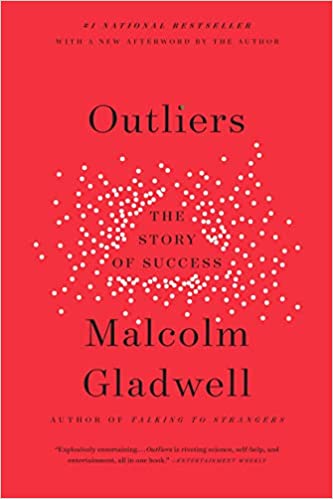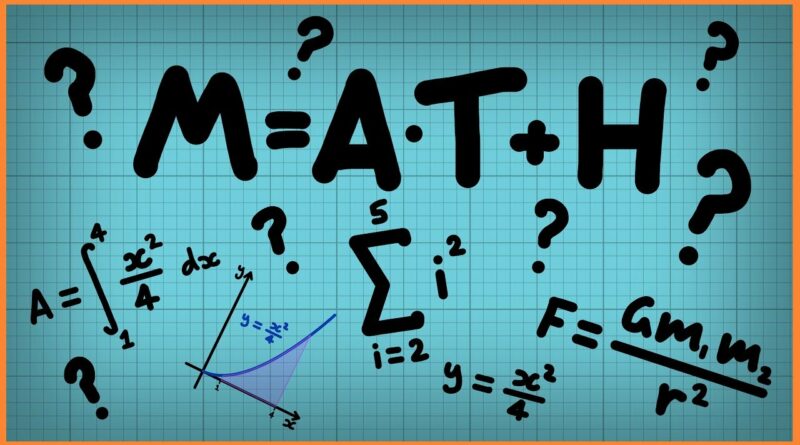Why Asians Learn Math More Efficiently
[Please note that this page contains affiliate links. If you choose to purchase after clicking a link, I may receive a commission at no extra cost to you.]
Asians excel better at math because Asian languages are far more advanced than most others.
Asian people began to speak more words quicker than their North American counterparts.
The average Chinese four-year-old can already count to 40, whereas the average American four-year-old can only count to 16.
The English language takes the average person to say a seven-number sequence about seven to nine seconds.
It takes only three seconds for the average person speaking Cantonese to tell a seven-number series.
The Chinese learn numbers quicker and more efficiently, setting them up for math.
Asian languages allow them to speak quicker and more efficiently than other languages.
The success of East Asian education systems lies in how math is taught in these countries.
For example, Japanese children are taught an 81-line jingle, called the Kuku, that teaches them the times table.
How the Japanese Learn Math More Effeciently
The Japanese learn their timetables and other math sequences in a quick but disciplined learned math technique.
All students learn it off by heart, quickly, even competing with each other, incentivizing them to learn.
In adulthood, a Japanese person can recall that 7 x 7 = 49 simply because ‘seven seven forty-nine’ sounds right when sung.
Singing helps store information in the long-term memory helping with better math skills.
In Chinese classrooms, the traditional ‘chalk and talk’ approach is favoured, where children sit in rows and are directly instructed by a teacher writing on a blackboard.
The motor skills in writing it out on a board help put that material in the long-term memory and help them learn math more effeciently.
Students are taught math using rote memorization and repetition.
In addition, Asians have a way shorter summer break than found here in the western world.
The average school year consists of 180 days in the United States, whereas in South Korea, a middle school year is 220 days; In Japan, they go to school for 243 days out of the year.
A lot more days to learn math!


